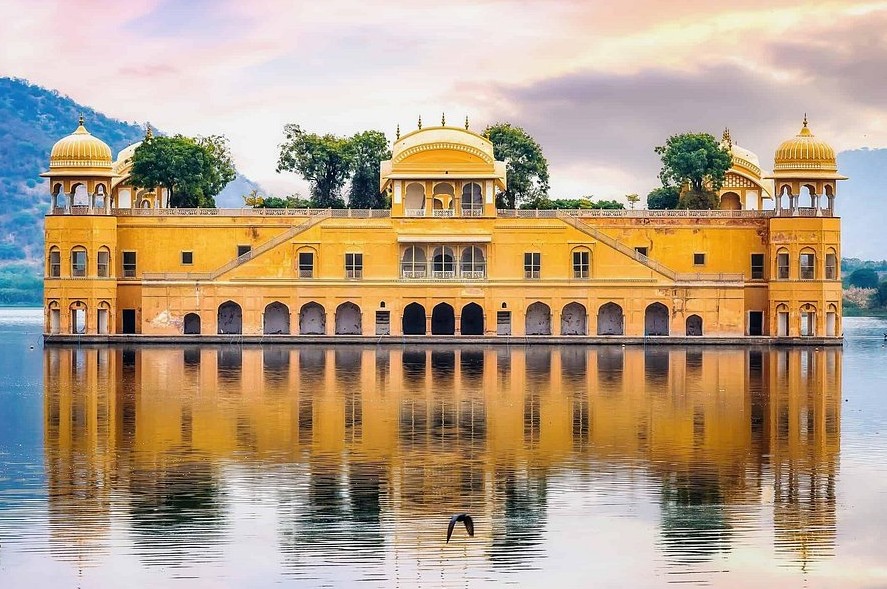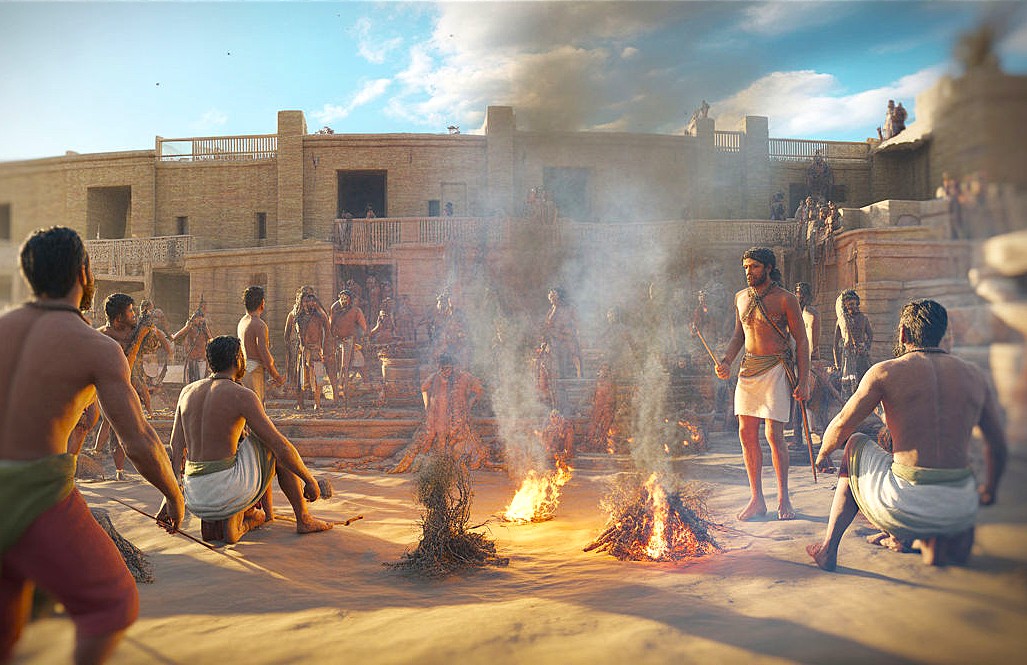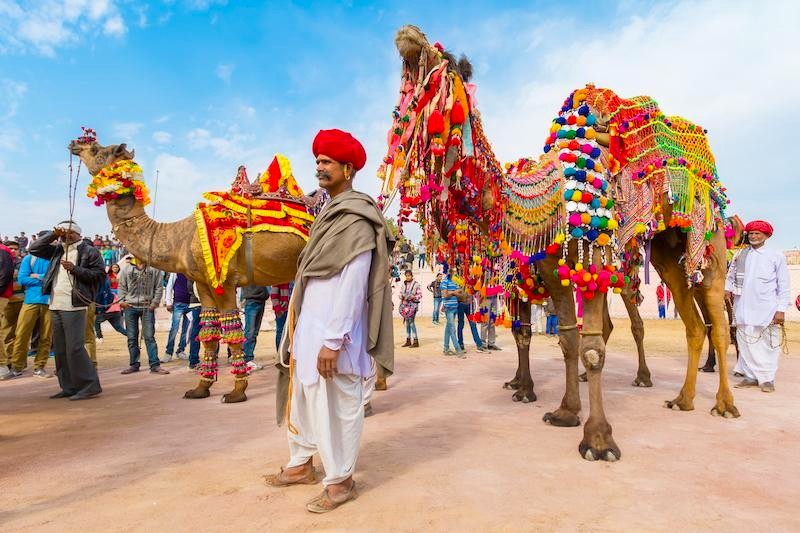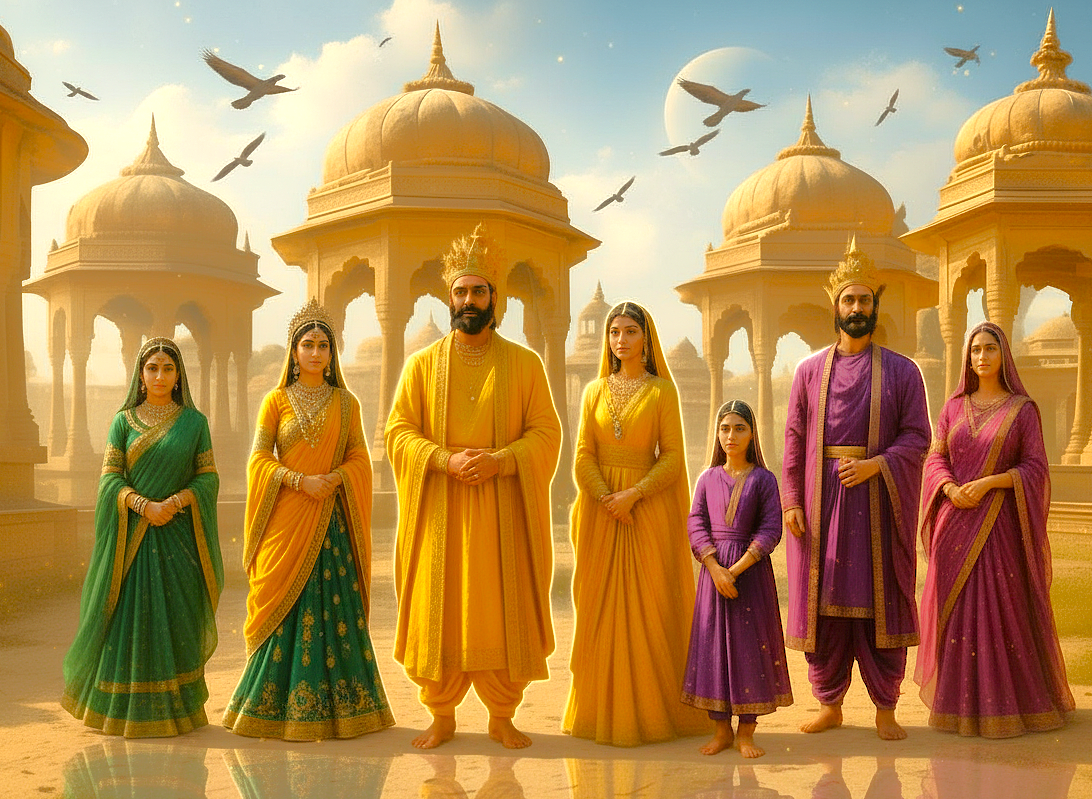Rajasthani Legends
Rajasthan India The Beginning
Mother Masala Tours
Ancient Beginings
Rajasthan India The Beginning. Translating to the "Land of Kingdoms," has a history that stretches far beyond its famed dynasties. Its name owes its origins to the Sanskrit words Rajya - kingdom, and Sthan - place. Ancient evidence dates human presence in this region as far back as 3000 BCE, with connections to the Indus Valley Civilization. The ancient Aravalli Range, one of the world's oldest mountain systems, served as a cradle for these early societies, offering resources and shelter. The subsequent Chalcolithic period witnessed the growth of distinct regional cultures, such as the Ahar-Banas culture, known for its unique pottery.

Rajasthan India The Beginning: The Indus Valley Legacy
The Saraswati-Indus valley civilization, spanning 3300 BCE to 1300 BCE, profoundly influenced this region. Kalibangan, an ancient site in today's Hanumangarh, reveals planned settlements, fire altars, and early agricultural systems. Excavations unearthed terracotta ornaments, barley grains, and plow marks, showing advanced agrarian knowledge and societal division. Water conservation was prioritized, evidenced by reservoirs and wells. The region was a thriving hub of trade and innovation. Although Kalibangan declined due to environmental changes, its contributions are etched into Rajasthan’s roots.
The Early Aryan Settlements

After the decline of the Indus Valley Civilization, the Aryan's appeared around 1500 BCE in western Rajasthan. They brought pastoralist traditions and Vedic customs influencing the region’s social and political organization. Early Aryan texts, such as the Rigveda, praise the Saraswati River and describe the fertility and vitality of Rajasthan’s lands. Discoveries of fire altars indicate continuity with Aryan rituals. These nomadic communities transformed the landscape, introducing new agricultural practices and social structures that formed the bedrock of later societies.
The Rise of the Painted Grey Ware Culture
Spanning 1200 BCE - 600 BCE, the Painted Grey Ware (PGW) culture arose simultaneously with Aryan settlements. Pottery excavated in areas such as Gilund reveals distinct patterns: simple, geometric, yet functional. PGW settlements indicate a gradual shift from nomadic to settled agricultural lifestyles. Metal tools, animal rearing, and weaving processes gained prominence. The PGW culture provides glimpses into Rajasthan’s evolving economic and technological identity before the institutionalization of power by later dynasties.
The Iron Age Expansion and Fortified Villages

Between 1000 BCE and 500 BCE, the Iron Age truly revolutionized Rajasthan's development trajectory. The widespread availability of iron ore deposits led to the creation of durable agricultural tools and superior weaponry, fundamentally transforming local societies. This technological advancement directly contributed to the emergence of well-organized, fortified villages across the landscape. Farmers could now cultivate tougher soils more efficiently, significantly increasing food production and thus supporting larger, more settled populations.
Buddhist and Jain Influence Before Dynastic Rule
The rise of Buddhism and Jainism during 6th century BCE–1st century CE had a profound role in Rajasthan’s identity. Pilgrimage sites like Hathundi and Osian trace their roots to early Jain centers promoting non-violence and trade prosperity. Rock-carved inscriptions and stupas in Barmer depict the spread of Buddhist teachings under Emperor Ashoka in 3rd century BCE. Rajasthan, during this era, was a confluence of spiritual thought, trade networks, and early urbanization, setting the stage for its later periods of grandeur.
The Gupta Period

Rajasthan India The Beginning. The Gupta Dynasty, ruling from the 4th to 6th century CE, encouraged unification across northwestern India, including Rajasthan. They supported art, literature, and scientific ideas that grew in busy markets and local academies. Temples near Ranthambore and buildings with graceful sculptures shared stories from a golden age. Trade routes strengthened towns, while laws and coins built trust. Scholars studied astronomy - grammar, artists defned music and dance. A balanced system joined central authority with local governance, helping Rajasthan stay connected yet unique.
Fasten Your Seatbelt - Let’s Go To India
Let's trace how everything began by exploring scattered remnants of ancient cultures. We’ll walk through Bikaner's ancient streets, marvel at its fire altars, and hear the echoes of early trade settlements. We’ll learn firsthand how Rajasthan’s roots intertwine humanity’s adventures in farming, rituals, and resilience. Each layer reveals rustic ingenuity that still finds a quiet reflection in Rajasthan’s modern homes, inviting us to witness archeological narratives as shared stories of humankind. Join us for your most unbelievable story yet.
The Mutual Benefits of Exchange

Rajasthan India The Beginning. Exchange fosters mutual benefits by enhancing relationships and promoting cooperation among individuals, businesses, and nations. When parties engage in trade, they leverage each other's strengths, leading to improved efficiency, creativity, and innovation. This collaborative process often results in higher quality products and services, as each party contributes unique skills, perspectives, and resources. Exchange also builds trust through fair terms, clear communication, and reliable delivery.